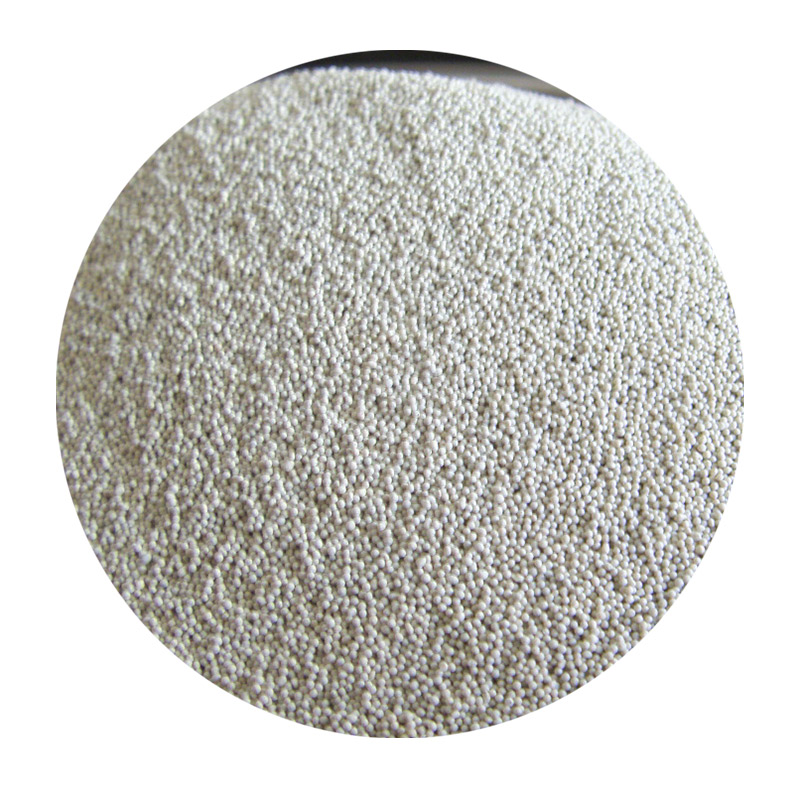What to Sand Resin With A Complete Guide
Sanding resin can be a daunting task, especially for those who are new to working with this versatile material. Whether you're crafting jewelry, creating home décor items, or working on a larger art project, knowing how to properly sand resin is essential for achieving a smooth, professional finish. In this article, we will explore the best techniques, tools, and materials to use when sanding resin, ensuring your projects look their best.
Understanding Resin
Before diving into the sanding process, it's important to understand the type of resin you are working with. Epoxy resin is the most commonly used in crafting. It cures to a solid, durable finish but can be challenging to sand due to its hardness. Polyester resin is another type, often used in fiberglass applications. Its sanding characteristics can differ somewhat from epoxy, but the principles largely remain the same.
Tools and Materials for Sanding Resin
When it comes to sanding resin, the right tools and materials can make a significant difference in the final outcome. Here’s what you’ll need
1. Sandpaper Different grits of sandpaper are crucial for achieving a smooth surface. Start with a lower grit (around 60-80) for heavy sanding to remove any imperfections and gradually move to finer grits (like 120, 220, and up to 600) for smoothing and finishing. Wet sanding is also highly recommended, as it reduces dust and helps achieve a glass-like finish.
2. Sanding Sponge or Block For larger surfaces, a sanding sponge or block can provide more even pressure and make it easier to sand flat surfaces.
3. Dremel Tool or Rotary Tool For intricate designs or small areas, a Dremel tool can offer precision. Use it with appropriate sanding attachments or bits.
4. Masking Tape Use this to protect areas of your project that you do not want to sand.
5. Water Keeping your sandpaper wet while sanding can help prevent clogging and minimize dust. It also helps in achieving a smoother finish.
what to sand resin with

6. Polishing Compounds After sanding, you may want to polish your resin project for an extra shine. Compounds designed for resin or plastic can work wonders.
Sanding Techniques
When you're ready to start sanding, follow these steps for optimal results
1. Preparation Wear appropriate safety gear like a mask and goggles to protect yourself from dust and debris. Ensure the resin piece is fully cured; this can take anywhere from 24 hours to several days, depending on the product used.
2. Start with Coarse Grit Begin by using a coarse grit sandpaper to remove any major imperfections such as drips or bubbles. Focus on even pressure and evenly sand the entire surface.
3. Progress to Finer Grits Once the piece is relatively smooth, switch to a higher grit sandpaper to refine the surface. Gradually work your way up to finer grits, sanding with a lighter touch as you go.
4. Wet Sanding To achieve a more polished result, consider wet sanding. Dunk your sandpaper in water and sand the resin piece, which will help prevent clogging and allow for a smoother finish.
5. Check Your Progress Frequently check your work under good lighting. This will help you identify any areas that may need additional smoothing.
6. Final Polish Once you've achieved the desired smoothness, use a polishing compound to buff your piece. This step can take your resin project from nice to stunning, enhancing its clarity and sheen.
Conclusion
Sanding resin may seem intimidating, but with the right tools and techniques, anyone can produce a beautifully finished piece. By starting with the right grit sandpaper, using proper sanding techniques, and finishing with a polish, you can elevate your resin projects from mundane to magnificent. Remember to take your time and enjoy the process; practice makes perfect! Whether you’re creating functional art or decorative pieces, mastering the art of sanding resin is a valuable skill that will serve you well in your crafting endeavors. Happy sanding!
Post time:дец . 18, 2024 07:08
Next:sand casting components
